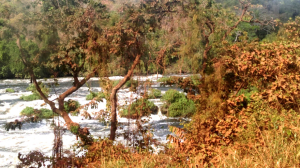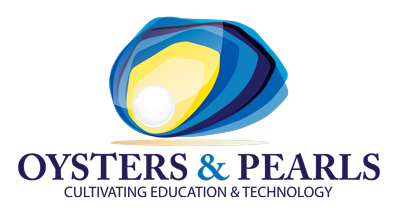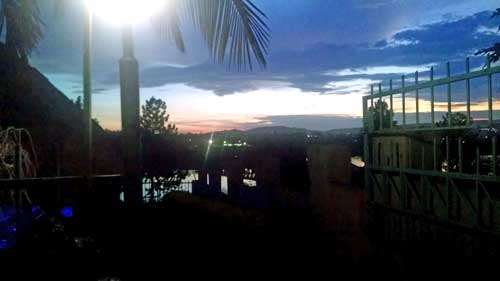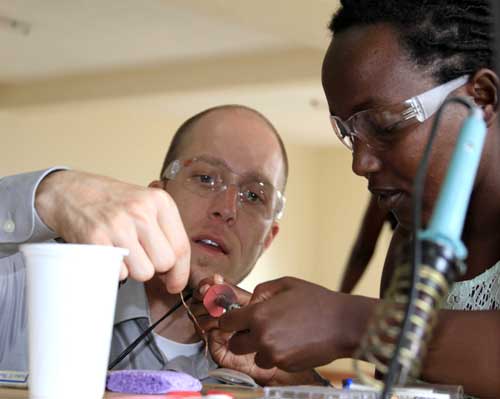Robotics Camp by Oysters & Pearls – Uganda
(this is a reprint from Ntananga Phyllis’s article from her blog: Tech Women Uganda.)
 On a very hot Thursday in the first week of January 2016, I hopped on a bus headed for Gulu. I was super excited. It was my first time to go to the North. Naturally, I had all the imaginations anyone could have about an entirely new place. The journey was long but to my surprise I was awake the whole time, thanks to the fear of missing out on the adventure. I saw different things like rare fruits that we barely have in the Central or Western region of the country and the sight of the Karuma Bridge, one of the many beautiful things of nature with which God blessed Uganda. Before sunset, we were in Gulu town for the Robotics Camp.
On a very hot Thursday in the first week of January 2016, I hopped on a bus headed for Gulu. I was super excited. It was my first time to go to the North. Naturally, I had all the imaginations anyone could have about an entirely new place. The journey was long but to my surprise I was awake the whole time, thanks to the fear of missing out on the adventure. I saw different things like rare fruits that we barely have in the Central or Western region of the country and the sight of the Karuma Bridge, one of the many beautiful things of nature with which God blessed Uganda. Before sunset, we were in Gulu town for the Robotics Camp.
That evening, the trainers that had arrived for the camp all gathered to be taken through the materials and resources that were going to be used for the next two weeks in the camp. As a software developer without much knowledge in hardware/embedded systems, most of the terms and materials were so new to me – stuff like


